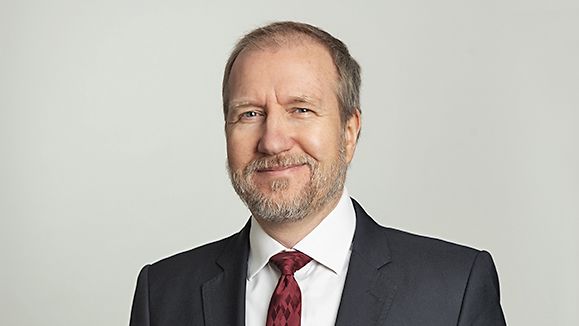Germany’s electricity market is Europe's largest – with annual power generation of around and capacity of approximately 250 GW.
Your company is already operating in Germany and you would now like to export worldwide?
Key Facts
Facts & Figures
- A further increase of large-scale energy storage is expected: 24 GW / 94 GWh by 2040 and 61 GW/271 GWh by 2050.
Opportunities
The German Electricity Market - A Brief Overview
Germany’s domestic electricity market was fully liberalized in 1998 under the Energy Industry Act. Prior to liberalization, a defined supply area was typically served by a single supplier (e.g., a local utility).
More than 1,000 market participants are active in the fully liberalized German electricity market, with new market actors – who do not own power plants or supplier networks – successfully entering the domestic electricity market. The establishment of the Bundesnetzagentur (Federal Network Agency) – which regulates electricity, gas, telecommunications, post, and railway markets in 1998 – further opened up the power market. A series of measures promoting competition – including legal unbundling for suppliers with more than 100,000 customers – were introduced. The agency is responsible for ensuring non-discriminatory third-party access to power networks.
The fluctuating supply of electricity from renewable sources requires upgrades to the entire power grid. Investment of over EUR 35 billion euros is planned for the construction of high-voltage transmission lines – “electricity autobahns” – from the wind-rich north to major industrial regions.
Transmission system operators (TSOs) maintain control power to ensure a stable and reliable supply. Demand for control energy arises when the sum of generated power deviates from the actual load, for example, due to unforeseeable weather fluctuations.



